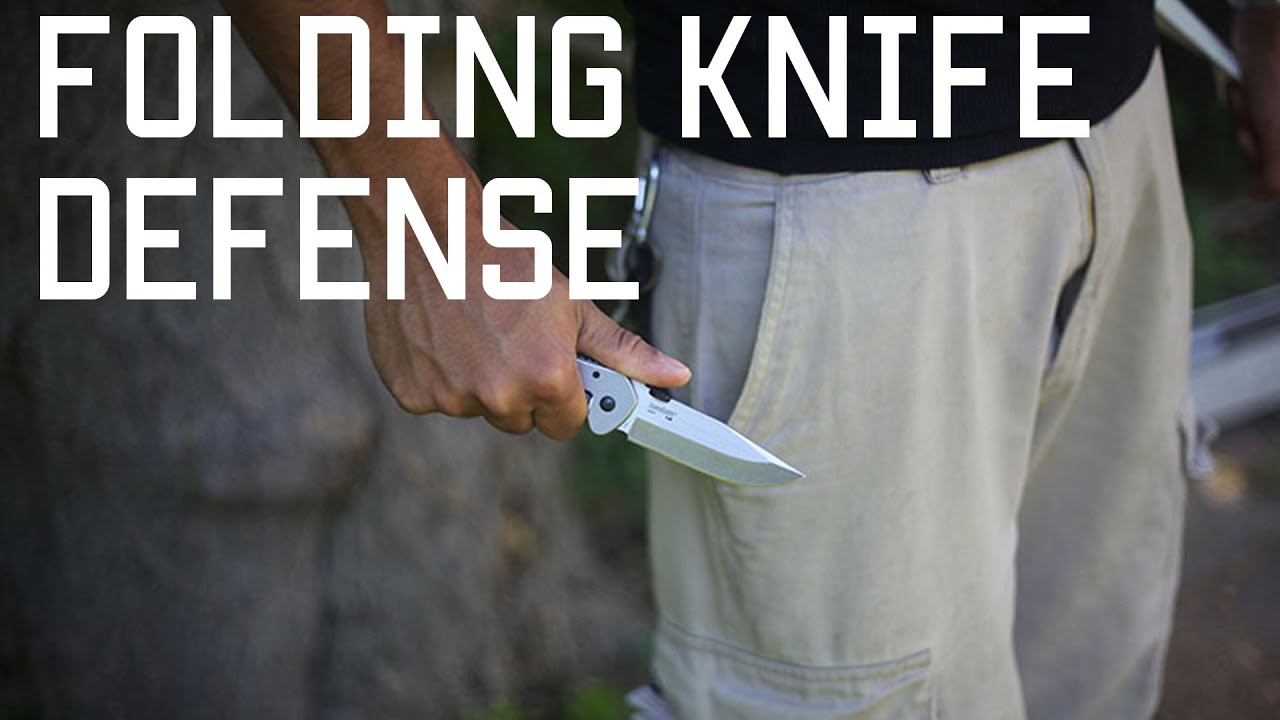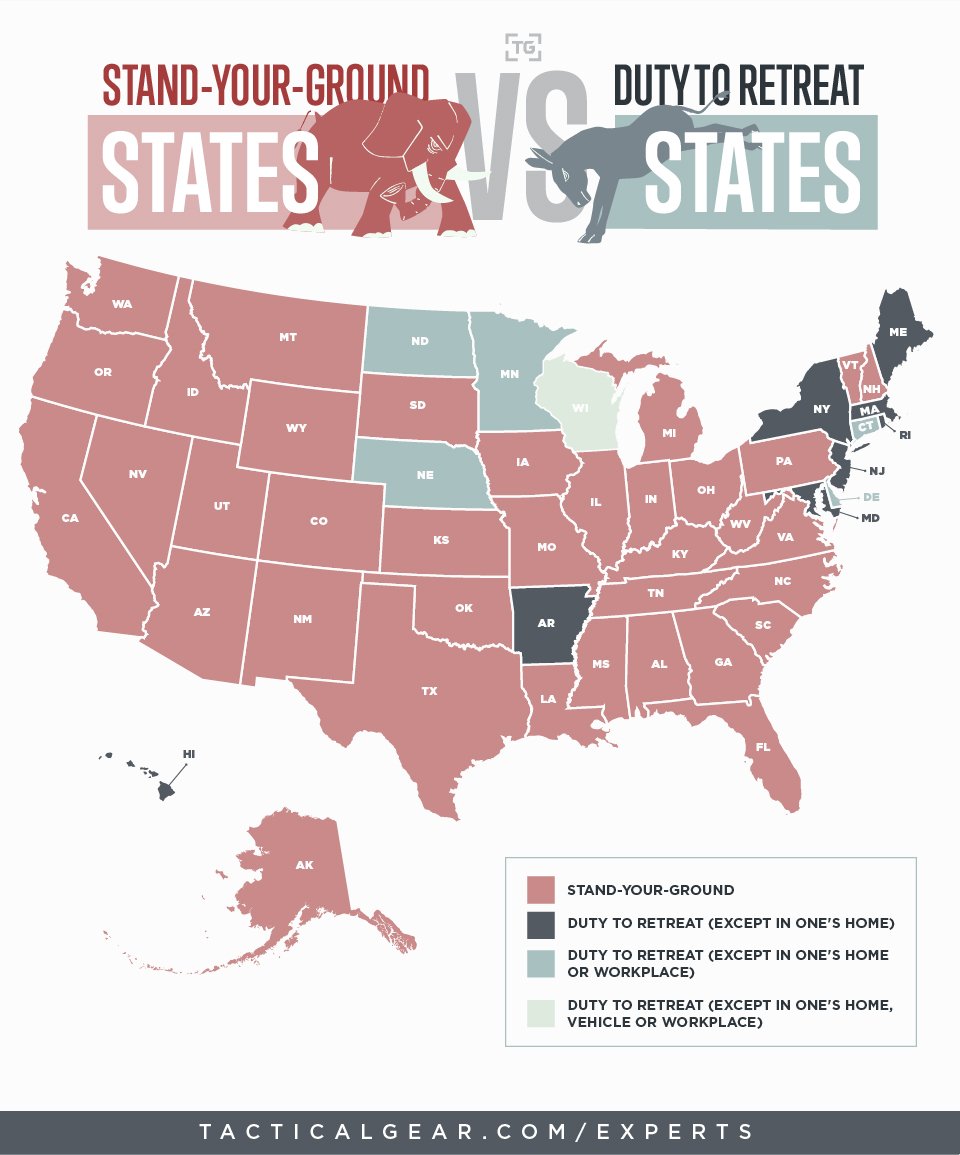- Be Aware of Your Surroundings:
- Stay alert and attentive to your environment.
- Identify potential threats and avoid walking alone in isolated areas.
- Develop Situational Awareness:
- Learn to read body language and recognize signs of aggression.
- Trust your instincts and intuition if you feel unsafe.
- Practice Boundary Setting:
- Set clear boundaries and communicate them assertively.
- Don’t be afraid to say “no” and walk away from potentially dangerous situations.
- Learn Basic Self-Defense Techniques:
- Take self-defense classes specifically designed for women.
- Focus on techniques that emphasize escapes, strikes, and grappling.
- Focus on Vulnerable Areas:
- Learn to target an attacker’s eyes, nose, throat, groin, and knees.
- These are sensitive areas that can temporarily incapacitate an attacker.
- Utilize Your Natural Strength:
- Women often have more flexibility and balance than men.
- Use these attributes to your advantage by employing techniques that involve joint locks, throws, and evasive maneuvers.
- Strengthen Your Physical Fitness:
- Regular exercise improves strength, stamina, and agility.
- Being physically fit can help you react quickly in self-defense situations.
- Practice and Rehearse:
- Regularly practice self-defense techniques with a partner or in a class.
- The more you practice, the more comfortable and confident you will be in applying them in real-world situations.
- Be Prepared, Not Paranoid:
- While it’s important to be prepared, avoid becoming overly fearful or paranoid.
- Remember that self-defense is about empowering yourself with the knowledge and skills to protect yourself if necessary.
- Trust Your Instincts:
- Ultimately, trust your instincts and intuition.
- If something feels unsafe, it probably is. Listen to your inner voice and take appropriate action to keep yourself safe.






